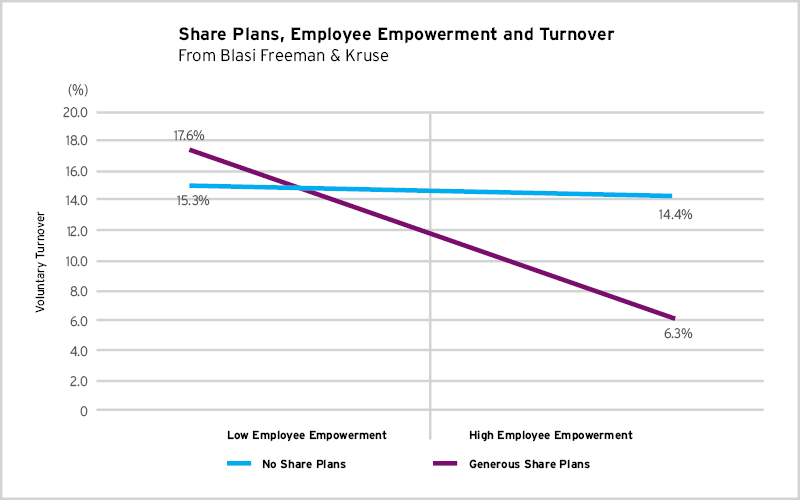As HR and Reward professionals, you might be experiencing some new challenges during COVID-19 such as keeping your employees motivated and engaged remotely. You’ll be more than familiar with continually trying to deliver your HR and People strategies while doing so with less time, fewer resources and ever-present budgetary constraints. But you may be less familiar with the subject of this blog, the snappily named ‘instrumental satisfaction model’. What is it? And once we understand it, what do we do with this newly acquired knowledge?
THE LINK BETWEEN EMPLOYEE ENGAGEMENT, RETENTION AND EQUITY PLANS
At Computershare, we believe that employee equity plans are a great way to drive employee engagement. We have chaired and contributed to numerous webinars and panel discussions around this topic over the years. In our most recent look at this topic, we invited Professor James Hayton, Professor in Human Resources Management & Entrepreneurship at Warwick Business School, to share the current thinking on the link between employee engagement, retention and equity plans
WHAT IS A SATISFACTION MODEL?
First, let us explain the concept of a ‘satisfaction model’. While ‘satisfaction’ is itself an intangible concept (i.e. in itself it cannot be seen), researchers have developed theoretical models to help explain the underlying factors that impact an individual’s sense of satisfaction. It is these factors that drive behaviours that are tangible and therefore can be witnessed and measured in some way.
Equity plans and their impact on engagement and retention have traditionally been explained via two satisfaction models:
The intrinsic satisfaction model
The theory here is that owning company shares create a sense of identity within the company and a feeling of being part of the company. The greater your slice, the higher your commitment to the company and therefore the less likely you are to leave. This, in turn, could translate into higher employee engagement.
However, this model is now thought to be overly simplistic and hasn’t stood the test of time.
The extrinsic satisfaction model
If you are given monetary rewards via an equity plan and you are satisfied with the reward, the more fulfilled you feel and the less likely you are to leave. This is a better held argument. People have a fundamental need for money whether they like where they work. And pay satisfaction is a strong argument to retain an employee.
But people don’t go to work just to earn money or to feel a part of something. While these are both important, these models both miss an increasingly important point which is where we introduce our third model, the Instrumental Satisfaction Model.
The instrumental satisfaction model
The key to this concept is empowerment. Some equity plans give employees the opportunity to participate in the life of the business through shareholder rights. An empowering organizational culture can give employees a strong sense of participation in decisions that influence their work life, further driving satisfaction.
"Giving people stock or any form of employee ownership gives an opportunity to participate in the life of the firm."
— Professor James Hayton
While all three satisfaction models have a role to play, it is the instrumental satisfaction model which provides the rationale for employers to look more holistically at their employee engagement programmes.
SHARE OWNERSHIP HAS AN AMPLIFYING EFFECT ON EMPLOYEE RETENTION
Employee empowerment, such as information sharing or participation in decision making, is often thought to increase engagement and enhance retention on its own. However, one large scale study by Blasi, Freeman and Kruse has shown that voluntary employee turnover is much more significantly reduced when employee empowerment programmes are coupled with employee share ownership.

The findings are illustrated in the graph:
- Where no share ownership programmes are in place, the gentle negative slope of the blue line shows a small reduction in voluntary turnover as the benefits of empowerment kick in.
- The stronger negative slope of the black line indicates that empowerment and ownership together have a much stronger impact on reducing voluntary turnover.
This is the instrumental satisfaction model in action.
The instrumental satisfaction model clearly demonstrates that organizations that combine strong cultures with employee share ownership reap significant rewards through increased staff retention. Paying close attention to this important model and how it relates to your organization can help enhance your engagement strategy now and in the future.
For more information on this topic, fill out the form below to contact us.